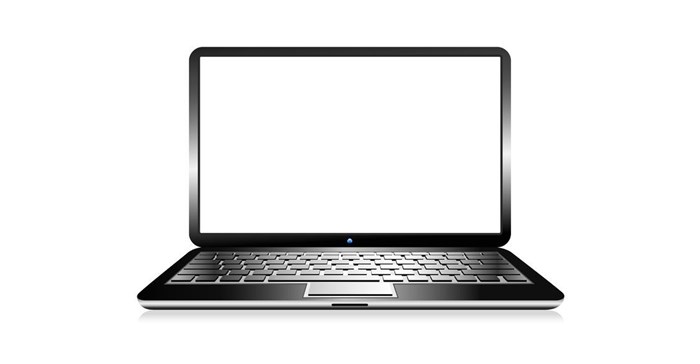
Top stories






More news












“Higher PC prices due to the impact of component shortages for DRAM, solid state drives and LCD panels had a pronounced negative impact on PC demand in the second quarter of 2017,” said Mikako Kitagawa, principal analyst at Gartner. “The approach to higher component costs varied by vendor. Some decided to absorb the component price hike without raising the final price of their devices, while other vendors transferred the costs to the end-user price.”
However, in the business segment, vendors could not increase the price too quickly, especially in large enterprises where the price is typically locked in based on the contract, which often run through the quarter or even the year,” Kitagawa said. “In the consumer market, the price hike has a greater impact as buying habits are more sensitive to price increases. Many consumers are willing to postpone their purchases until the price pressure eases.”
HP Inc. reclaimed the top position from Lenovo in the worldwide PC market in the second quarter of 2017. HP Inc. has achieved five consecutive quarters of year-over-year growth. Shipments grew in most regions, and it did especially well in the US market where its shipments growth far exceeded the regional average.
Lenovo’s global shipments declined 8.4% in the second quarter of 2017, after two quarters of growth. Lenovo recorded year-over-year shipment declines in all key regions. Kitagawa said the 2Q17 results could reflect Lenovo’s strategic shift from unit share gains to margin protection. The strategic balance between share gain and profitability is a challenge for all PC vendors.
Dell achieved five consecutive quarters of year-on-year global shipment growth, as shipments increased 1.4% in 2Q17. Dell has put a high priority on PCs as a strategic business. Among the top three vendors, Dell is the only vendor which can supply the integrated IT needs to businesses under the Dell Technologies umbrella of companies.
In the US, PC shipments totalled 14 million units in the second quarter of 2017, a 5.7% decline from the second quarter of 2016. The US market declined due to weak consumer PC demand. The business market has shown some consistent growth, while early indicators suggest that spending in the public sector was on track with normal seasonality as the second quarter is typically the peak PC procurement season. However, the education market was under pressure from strong Chromebook demand.
The Chromebook market has been growing much faster than the overall PC market. Gartner does not include Chromebook shipments within the overall PC market, but it is moderately impacting the PC market. Worldwide Chromebook shipments grew 38% in 2016, while the overall PC market declined 6%.
“The Chromebook is not a PC replacement as of now, but it could be potentially transformed as a PC replacement if a few conditions are met going forward,” Kitagawa said. “For example, infrastructure of general connectivity needs to improve; mobile data connectivity needs to become more affordable, and it needs to have more offline capability.”
PC shipments in EMEA totalled 17 million units in the second quarter of 2017, a 3.5% decline year over year. There were mixed results across various countries. Uncertainty around the UK elections meant some UK businesses delayed buying, especially in the public sector. In France, consumer confidence rose more than expected after Emmanuel Macron was elected president, however, spending on PCs remains sluggish. PC shipments increased in Germany as businesses invest in Windows 10 based new hardware, and the Russian market continued to show improvement driven by economic stabilisation.
In Asia/Pacific, PC shipments surpassed 21.5 million units in the second quarter of 2017, down 5.1% from the same period last year. The PC market in this region was primarily affected by market dynamics in India and China. In India, the pent up demand after the demonetisation cooled down after the first quarter, coupled with the absence of a large tender deal compared to a year ago and higher PC prices, brought about weak market growth. The China market was hugely impacted by the rise in PC prices due to the component shortage
These results are preliminary. Final statistics will be available soon to clients of Gartner's PC Quarterly Statistics Worldwide by Region programme. This programme offers a comprehensive and timely picture of the worldwide PC market, allowing product planning, distribution, marketing and sales organisations to keep abreast of key issues and their future implications around the globe. Trends will be further discussed at the Gartner Symposium/ITxpo in Cape Town from 18 to 21 September.